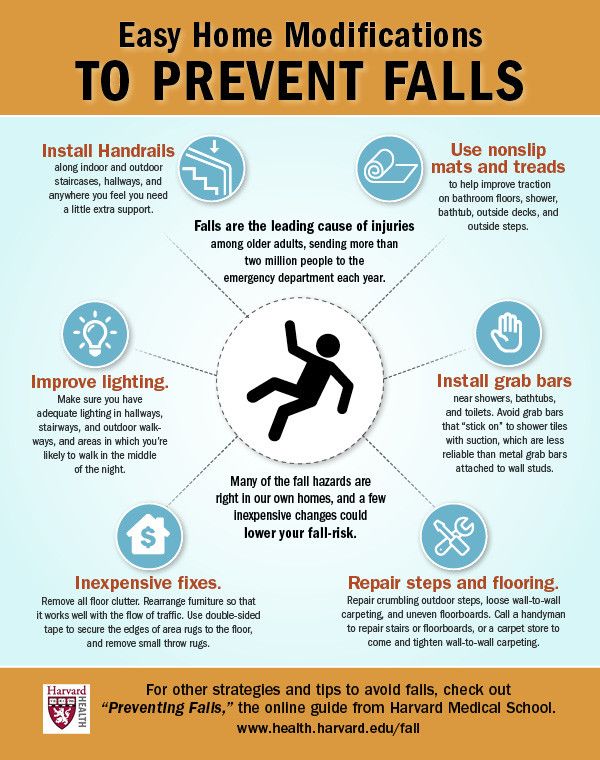Falls are a leading cause of injury in elderly adults, with one in four Americans aged 65 and older falling each year. These falls can result in serious injuries such as broken bones, head trauma, and even death. However, there are steps that can be taken to prevent falls and injuries in the elderly. In this article, we will discuss some of the key strategies for preventing falls and keeping the elderly safe.
Make the Home Safe
One of the first steps in preventing falls in the elderly is to make sure their home is safe and free of hazards. This includes removing clutter from walkways, securing loose rugs, and installing handrails in key locations such as staircases and bathrooms. It is also important to make sure that there is adequate lighting throughout the home to prevent trips and falls in dimly lit areas.
Encourage Physical Activity
Regular physical activity can help improve strength, balance, and coordination, all of which are important factors in preventing falls in the elderly. Encourage the elderly person to participate in activities such as walking, tai chi, or yoga to help improve their overall fitness and reduce their risk of falling. It is also a good idea to consult with a healthcare provider before starting any new exercise routine to ensure it is safe and appropriate for the individual.
Review Medications
Some medications can cause dizziness or lightheadedness, which can increase the risk of falls in the elderly. It is important to regularly review the elderly person’s medications with their healthcare provider to identify any potential side effects that could contribute to falls. Adjusting medication dosages or switching to alternative drugs may help reduce the risk of falls and injuries.
Stay Up to Date on Vision and Hearing Screening
Poor vision and hearing can also increase the risk of falls in the elderly. Regular vision and hearing screenings can help identify any issues that may be impacting the person’s ability to move safely around their environment. Corrective eyewear or hearing aids can help improve sensory input and reduce the risk of falls caused by impaired vision or hearing.
Use Assistive Devices
Assistive devices such as canes, walkers, and grab bars can help provide additional support and stability for elderly individuals at risk of falling. Encourage the use of these devices as needed to help prevent falls and injuries. It is important to make sure that the devices are properly fitted and maintained to ensure they are providing the necessary support.
Keep the Elderly Engaged and Socially Active
Staying engaged and socially active can help improve mental and emotional well-being, which in turn can help reduce the risk of falls in the elderly. Encourage the elderly person to participate in activities they enjoy and to stay connected with friends and family members. Engaging in social activities can help reduce feelings of isolation and depression, which are risk factors for falls.
Conclusion
Preventing falls and injuries in the elderly requires a multi-faceted approach that addresses physical, environmental, and social factors. By making the home safe, encouraging physical activity, reviewing medications, staying up to date on vision and hearing screenings, using assistive devices, and promoting social engagement, it is possible to reduce the risk of falls and keep the elderly safe and healthy. Remember, prevention is key when it comes to protecting the elderly from falls and injuries.

